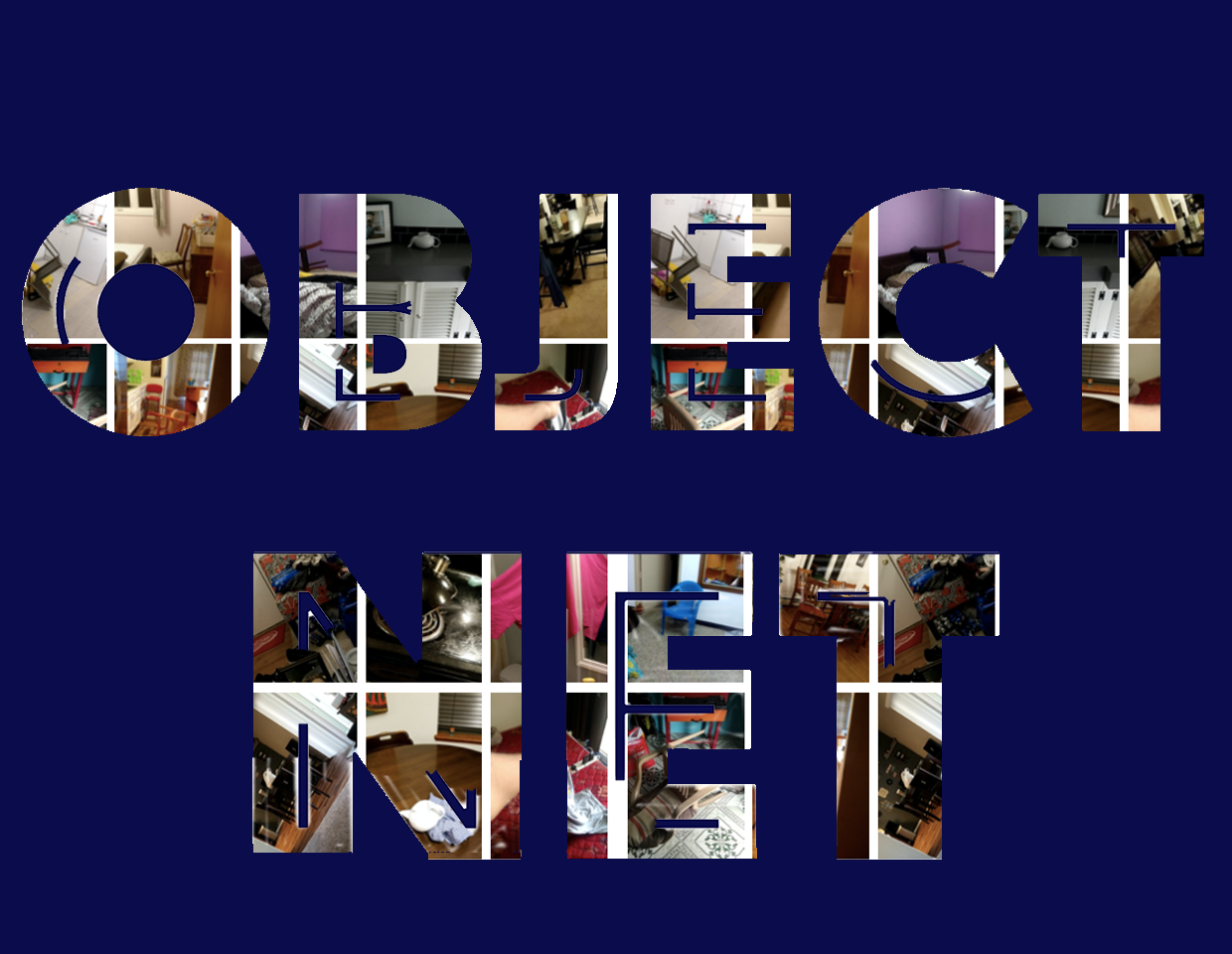ObjectNet
ObjectNet Challenge Documentation

Challenge Portal
Visit the ObjectNet Challenge Portal to register for the challenge.
ObjectNet Support
Experiencing a problem or just have a general question, see ObjectNet SupportView the Project on GitHub abarbu/objectnet-challenge-doc-ibm-dev
ObjectNet Challenge
This page provides in-depth instructions on encapsulating your predictive model and code into a Docker image for submission to the ObjectNet Challenge. Containerising your model and code in a Docker image provides a self-contained execution environment that allows the challenge platform to run your model and evaluate your results.
If you are not familiar with docker instructions are available on how to install docker, along with a quick start guide.
Follow the steps outlined below to create a Dockerfile and build and test your docker image. Upon successful completion of locally testing your docker container, you may then continue to submit your model to the challenge.
Select your instruction set
Challenge participants should use one of the following instructions that matches the framework used to create a docker image:
Docker internet access, memory and execution time constraints
The following restrictions will be placed on docker images submitted for evaluation to the ObjectNet Challenge:- Network access will be disabled for Docker containers submitted to the challenge, i.e., your code and models will not be able to access the internet. Ensure that any code and models packaged into the docker image are self-contained and do not require access to the internet.
- Docker storage usage is limited to 15GB.
- An execution time limit of 2 hours has been set for submissions. Submissions exceeding this time limit will be interrupted and the submission will fail. To avoid exceeding the time limit use optimisation techniques such as batching and parallel data loading to improve inference efficiency.
- Submissions are required to use GPUs for inferencing. Each GPU has 16GB of memory allocated. Please ensure your models are able to operate within the 16GB memory limit on the GPUs.
Managing Docker Artifacts
When you build and run docker images locally, and when you submit images for evaluation using theevalai push command, docker images and containers are stored on your local hard drive. If you do not housekeep these containers and images, they can quickly consume a significant amount of space on your hard drive.
Housekeeping Docker images
To list the images stored locally use:# docker images -a # docker rm <image> <image> # docker image prune <image> <image> # docker images -a | grep "pattern" # docker images -a | grep "pattern" | awk '{print $3}' | xargs docker rmi Housekeeping Docker containers
A docker container is essentially an instantiation of a docker image at runtime. To list all containers:# docker ps -a # docker rm <ID_or_Name> <ID_or_Name># docker rm $(docker ps -a -f status=exited -q) # docker ps -a | grep "pattern”# docker ps -a | grep "pattern" | awk '{print $1}' | xargs docker rmAdditional Information
For more information on housekeeping your docker environment see How To Remove Docker Images, Containers, and VolumesOther Docker resources
Docker base images
Whenever possible, use current Official Repositories as the basis to build your customised image:Other information
For more info about using Caffe to build deep learning models.